Attacking King in The Center: 4 Tips to Follow
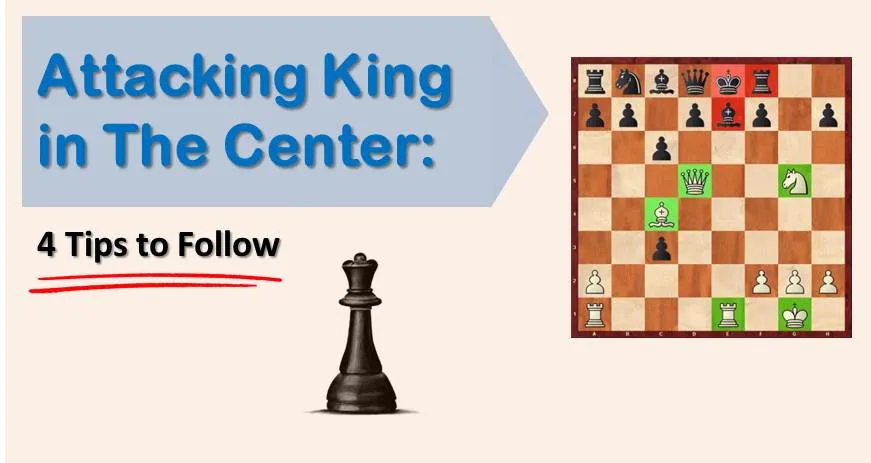
The king in the center is always a questionable factor during a chess game. It always raises doubt about whether it’s safe or not. Sometimes bravery can be easily confused with imprudence and a player can find himself under an unstoppable attack against his king. The basic principles of the opening, in 90% of the cases, should not be broken.
***
- Fight for the center
- Develop
- Castle
Whenever one of these principles is not fulfilled, it is likely that an attack can be developed against the king. In this article we are going to provide a few examples of attacks when the opponent’s king is caught in the center. However, more than illustrating beautiful combinations and sacrifices to delight the readers, our goal is to help you learn how to sense the moment in which you must start an attack, improve the execution and seize the initiative.
“The player with advantage must attack or he risks losing his advantage”
The phrase above it is well known to chess players but applying it on the board is a totally different thing. The king in the center, as an element, is not a static factor. It is something that, in most games, is only a temporary problem. For example: our opponent might have been busy taking pawns, and he is two moves away from castle. If we let this happen, the advantage will be on his side. The same thing can be applied not only to material gains, but also to moving too many pawns in the opening, incorrect development etc.
Tip:
In order to fight blunders, find the right plan in complex positions and improve your positional and tactical vision we recommend you tosign up for our comprehensive training course. Hundreds of chess players already benefited from our training . Don’t wait,start winning chess games today.
Should I do it or not?
This is the question. Sometimes you sense something is wrong in your opponent’s position but can’t see a concrete line and decide to take a pass on the occasion. That’s not right, and it can be worked upon in order to improve your “attacking radar”. Unless you have a born natural intuition that allows you to think: “..stop, here I must have something”, you need to improve your skill to evaluate quickly the position and identify the relevant elements in it.
For that, we have created a list of the most common elements to help you out:
1. Our opponent has made too many pawn moves in the opening, hasn’t developed and his king is not yet ready to castle. – This is a common element.
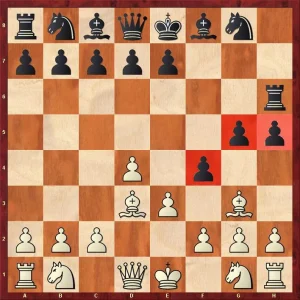
We can see in this position that black went crazy in the opening, hunting down white’s dark squares bishop, which is now trapped. However, he ignored one of the basic principles of the opening, thus leaving his pieces undeveloped and his king in the center. White to play and win.
2. Our opponent has one (or two) piece(s) misplaced on the board. – Lack of coordination is always a source of trouble.

In this case, white struggled to develop and, desperately wanting to get some space, misplaced his pieces, while black has obtained a dream position. Such actions never go unpunished, so find the win for black!
3. You have material superiority on a certain sector of the board, in this case, the center. We are not talking about the material outside the board, but the pieces located in a particular area. For example, you have 3 attackers vs 1 defender, which gives you an edge.

This is the kind of superiority we are talking about. Black has already developed harmoniously and started an attack. He has already three pieces “looking” at the white king, which is stuck in the center, while white has only one piece to defend his monarch, the dark squares bishop. Black to play and win!
4. Superior development. This speaks by itself and has a lot to do with the point mentioned above.

White’s lead in development is crystal clear in the diagram above. He has already castled and is creating mate threats with the help of his queen, rook, bishop and knight. White to move, find the win!
In conclusion, it is very important to follow the basic development rules and only after finishing the development start taking actions on the flanks. Also, make sure your opponent won’t escape unpunished if you have obtained an opening advantage. We will show you how to do this and what type of moves to look for in the second part of this lesson.
Solutions to the diagrams:
#1 7. Qxh5! Rxh5 8. Bg6#
#2 13…Qg3! 14.fxg3 [14.Qxe4 Rxe4 15.fxg3 Bxg3+ 16.Ke2 Bd1#] 14…Bxg3+ 15.Ke2 Bd1#
#3 15…Qf1+! 16.Kxf1 Bd3+ 17.Ke1 Rf1#
#4 16.Nxf7 d6 [16…Qc7 17.Rxe7+ Kxe7 18.Re1+ Kf6 19.Qg5#; 16…cxd5 17.Nd6#] 17.Nxd6+ Kd7 18.Qe5! Bxd6 19.Qg7++–
We cannot say this is a variation to fully replace the mainline against the Dragon, that’s not our intention. It is, however, a very good practical choice that is easy to learn and remember and it will turn out very useful when you’re not confident on the main line and your opponent’s preparation. So we suggest this modest looking weapon to be a part of your repertoire.
If you want to improve your chess level, you need to have a clear study plan. If you aim for a dramatic improvement at chess you need to work on all of the elements of the game in a systematic way:
- tactics
- positional play
- attacking skills
- endgame technique
- classical games analysis
- psychological preparation
- and much more
That seems to be like a lot of things, and that is. But no worries, we have made it easy for you. Our comprehensive training course covers it all and much more. Sign up for 21 Day Training right now!



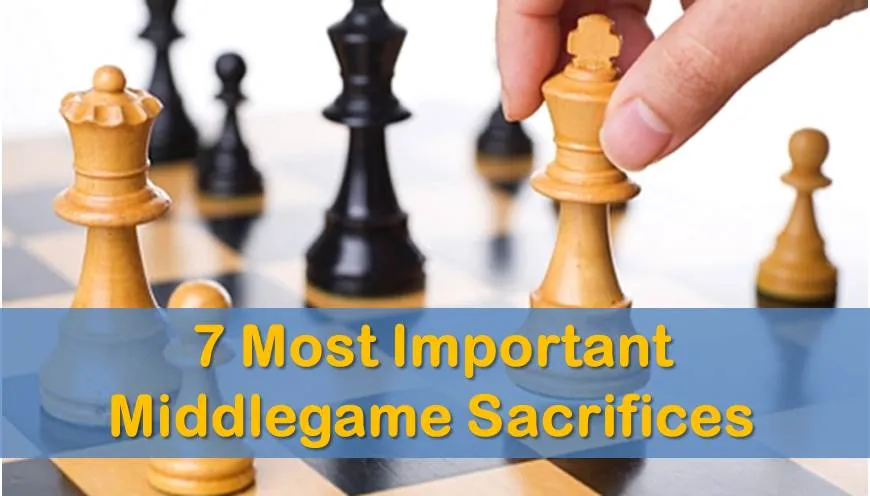
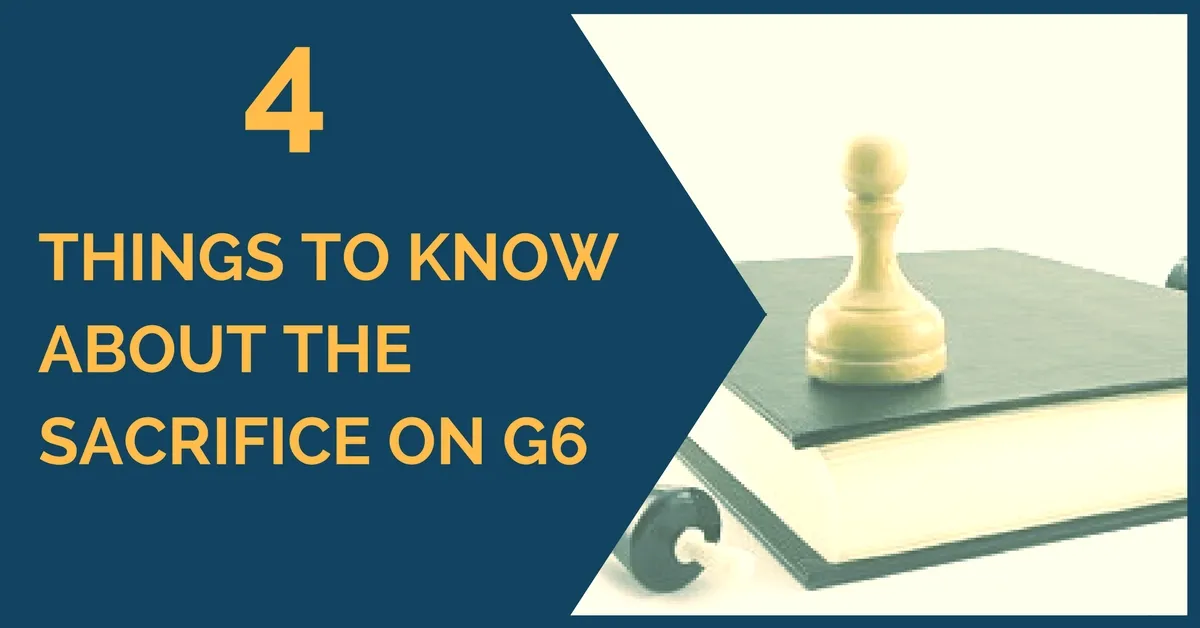
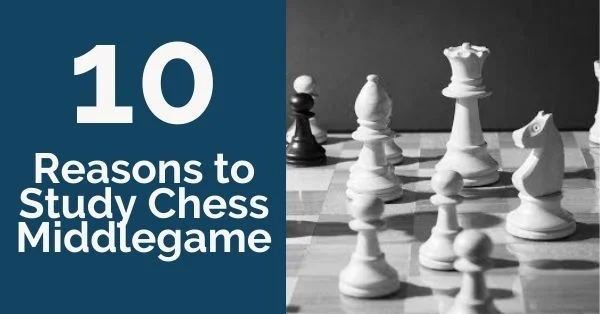




Comments: